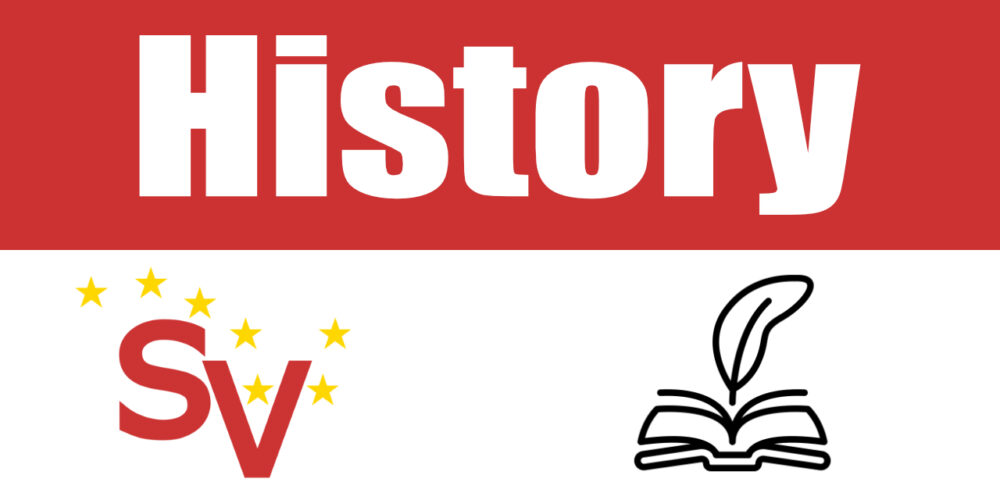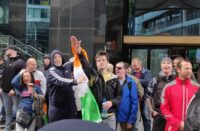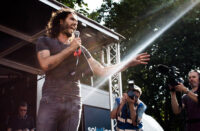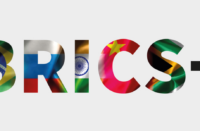In a Facebook post on 13 May condemning the Israeli military’s attack on the funeral of the murdered Palestinian journalist Shireen Abu Akleh, the Connolly Youth Movement made the following claim: “As Irish Republicans we know what it is like to be harassed and attacked while mourning our dead.”
During the republican military campaign in the North it was common for their funerals to be attacked by the RUC and the British army and in the South by the Gardaí, and in some instances the bodies of republicans were kidnapped by state forces in an attempt to thwart republican funerals.
The CYM post, whether intentional or not, gives the impression that the CYM were active participants in that campaign. They were not; and furthermore there has never been an occasion when the CYM were harassed and attacked while mourning their dead. I can speak with some authority on this matter, because I was a member of the CYM from 1976 to 1985, and general secretary from 1982 to 84.
This is not the first time the CYM have tried to rewrite history. In 2021 they claimed that Seán Mac Stiofáin had been politically pro-communist but disliked the “reformist attitude on the national question of the so-called communist organisations [in Ireland] at the time.”¹ The writer of that piece seems to be unaware that the then CYM was one of those communist organisations disparaged by Mac Stiofáin.
Over the Easter weekend this year the CYM held what they incorrectly called their first annual Easter commemoration. (The Sligo Branch of the CYM held annual Easter commemorations in the 1970s and 80s.) It included a colour party dressed in white shirts and black ties and trousers. Was this simply cosplay by a youth organisation eager to display their “revolutionary” credentials, or part of an opportunist attempt to integrate themselves in the republican past, à la Forrest Gump?
In our January 2021 issue it was pointed out that the CYM was established by the Communist Party in 1965 as a broad socialist youth organisation strongly influenced by the party.² When it united with the Young Communist League of Northern Ireland in 1970 it became the de facto Young Communist League of the reunited CPI. It was organisationally independent, but politically and ideologically it followed the lead of the CPI.
That remained the situation until a few years ago, when the then CYM leadership decided that socialist republicanism is “the expression of Marxism-Leninism in Ireland.”³ A problem with this is that socialist republicanism is not a concrete concept, unlike Marxism-Leninism.
In 1965 the IRA claimed that its objective was a democratic socialist republic. The insertion of “democratic” was to distinguish its socialist republicanism from Marxism. Not all of those who would see themselves as Irish socialist republicans are Marxist-Leninists, nor would they claim to be.
The CYM constitution adds to the confusion because it names a number of people, such as Michael O’Riordan and Séamus Costello, as exemplars of socialist republicanism, ignoring the fact that there were major political differences between them. Also, Costello and Mac Stiofáin were on opposite sides when the republican movement split in 1969, partly over the issue of Marxism.
In a critique of the Workers’ Party in 1982 Eoin Ó Murchú, then a member of the CPI, wrote in relation to a speech by Seán Garland: “the ‘Revolutionary Party’ speech was inspired by an identification of republicanism with socialism. A teleological approach to history was adopted, such that Tone was seen as a socialist and Lalor. The commitment to socialism emerged as a discovery of the true essence of republicanism.”⁴
Forty years on and the CYM are moving in the opposite direction. They believe that republicanism is the true essence of Marxism-Leninism in Ireland. In their conversion to socialist republicanism they have adopted the trappings of a military organisation, such as colour parties, which the Official IRA abandoned as it became the Workers’ Party.
Why the emphasis on symbols associated with a military organisation? Is their concept of republicanism dependent on the illusion of having a military section? Is it cosplay, political confusion, or opportunism?
By defining republican socialism as the Irish expression of Marxism-Leninism, and having broken with the Communist Party, they needed to rewrite the history of the CYM. In their new counter-factual history the CYM were part of the military struggle and had the funerals of their dead comrades attacked by Crown forces. But their attempt to hijack the legacy of dead IRA and INLA volunteers is no more than grave-robbing.
- “Seán Mac Stiofáin: An Unyielding Revolutionary,” cym.ie, 17 February 2021.
- “The birth and growth of the Connolly Youth Movement,” Socialist Voice, January 2021.
- Constitution of the Connolly Youth Movement, article 3.
- “The Workers’ Party: Its Evolution and Its Future,” Irish Socialist Review, autumn 1982.






